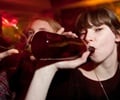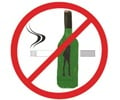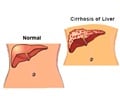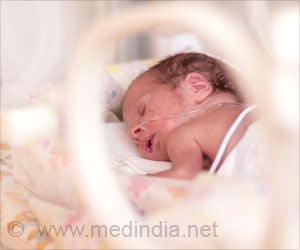Researchers are able to predict with a 70 percent accuracy which teens will go on to develop a binge drinking habit within the next two years.

In total, 2,400 European 14 year olds participated in the IMAGEN study. In addition to providing information about their life events, their psychological profile and their substance use, the children underwent an MRI as they played a game (to measure their brains responses to rewards) and were shown angry faces (to measure their emotional reactivity.) The team found that the right middle and precentral gyri and bilateral superior front gyrus areas of the brain were most revealing of the likelihood of future binge drinking. Compared to others, at risk youth had reduced grey matter volume but increased activity in their superior frontal gyrus when receiving a reward. In the premotor cortex, they had more grey matter and greater activity when they failed to inhibit themselves. The MRI results helped validate the factors that the researchers identified as placing a child at risk.
Indeed, the findings do not suggest that binge drinking is hardwired but rather give professionals working with youth ways of finding people in need of help. "The personality dimensions that were shown to be highly predictive of behaviour were assessed using a scale that is currently being used in schools across Montreal to provide targeted prevention to youth at risk of substance misuse," Conrod said. "Early alcohol use strongly predicts adult alcohol dependence, and every year we can delay alcohol use translates to a 10% decrease in the likelihood of alcoholism later. Outreach efforts that correctly target particularly at risk youth can therefore be of lifelong significance and importance to that person."
Source-Eurekalert
 MEDINDIA
MEDINDIA



 Email
Email





